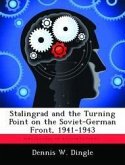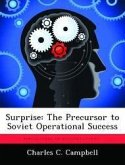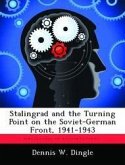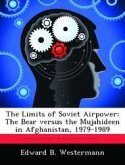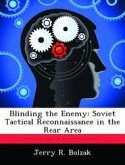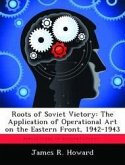This thesis is an examination of Soviet ground force night operations, both from a historical perspective and from current doctrine and training accounts. The objective of this analysis was to determine if the Soviets can be expected to employ night operations in any future conflict, and if so, to what extent. Historical accounts of Soviet operations during World War II reveal that night operations were an integral part of their offensive and defensive tactics. Current writings by Soviet military officials reveal that the reliance on night operations has not diminished. Soviet ground forces today possess highly sophisticated night operational equipment, and their training programs reveal an extensive night training effort, perhaps accounting for a full 40% of all individual and unit training. Conclusions drawn from the analysis of Soviet doctrine and training are that the Soviets can be expected to conduct night offensive and defensive operations using motorized rifle and armor forces supported by artillery and engineer units. The night operation is considered to be a natural extension of the daylight assault and conforms to the Soviet tactics of surprise, shock, and relentless pursuit.


